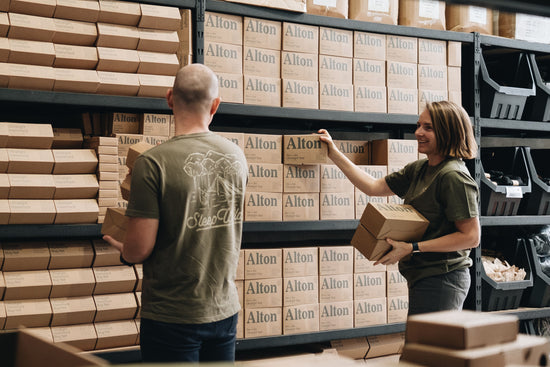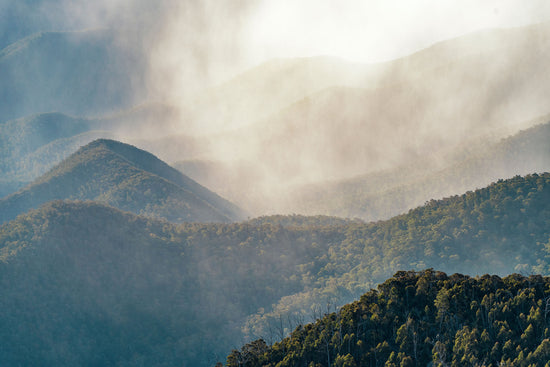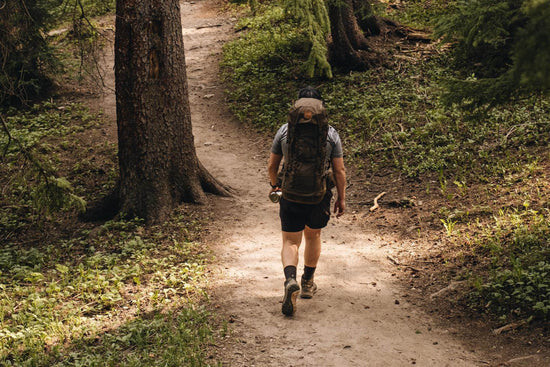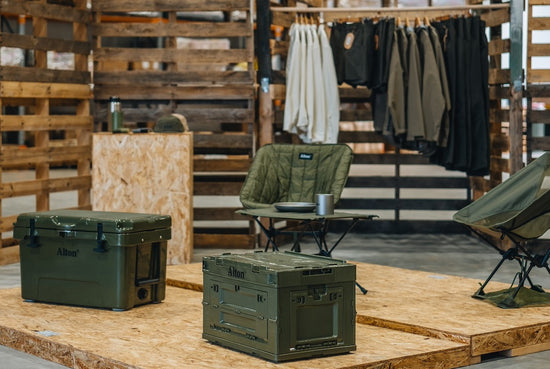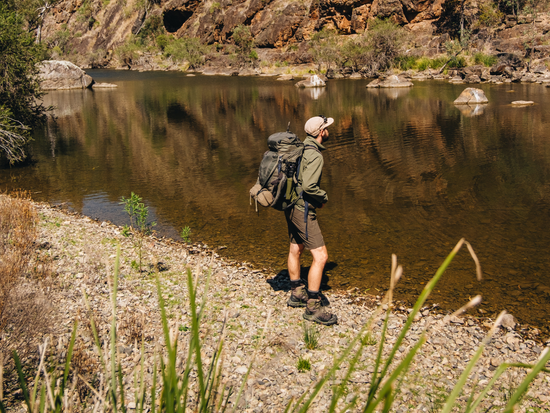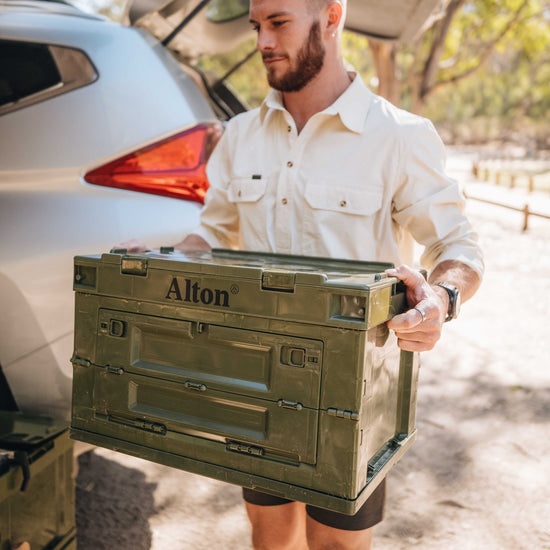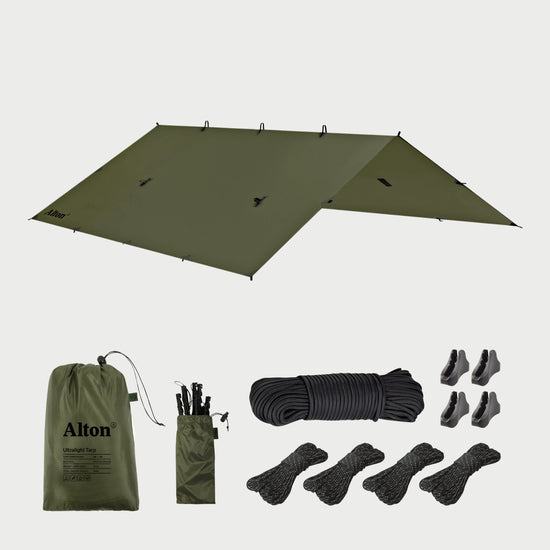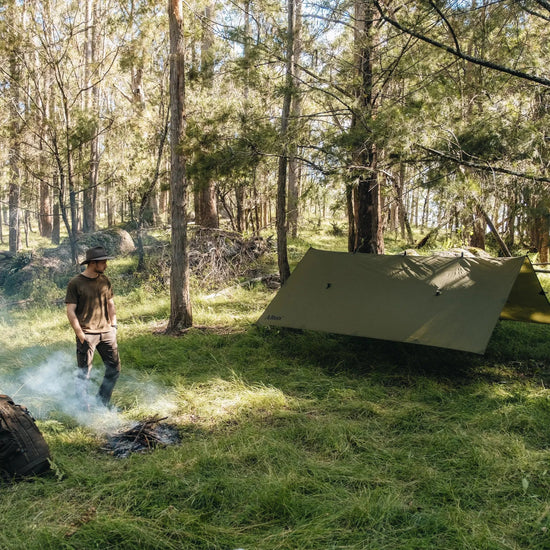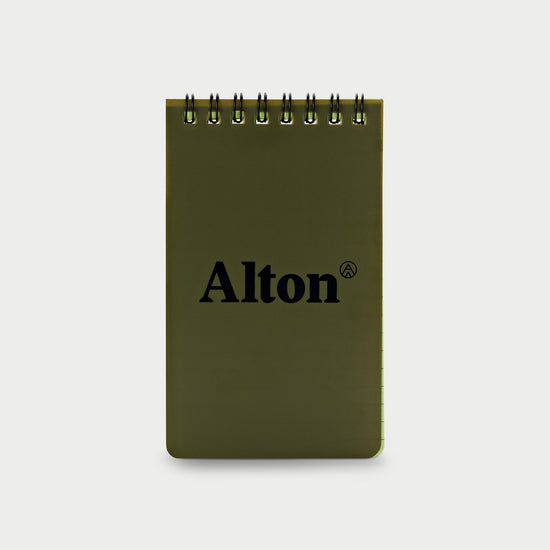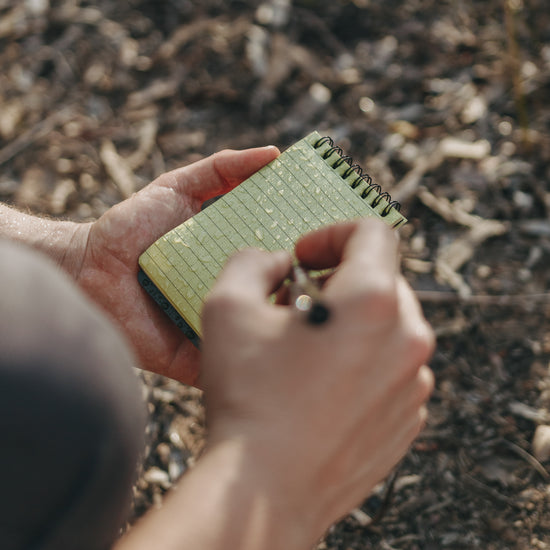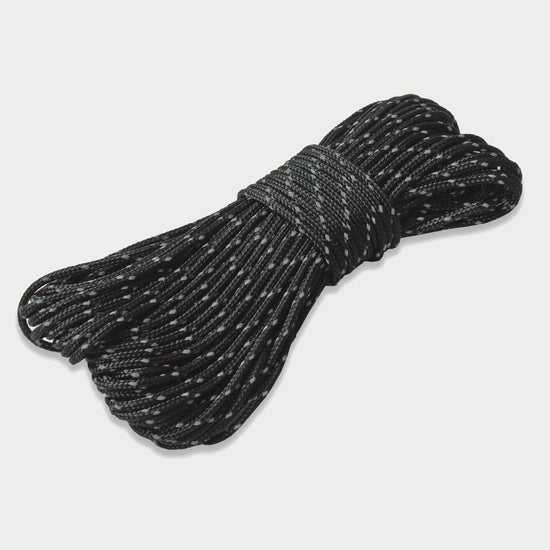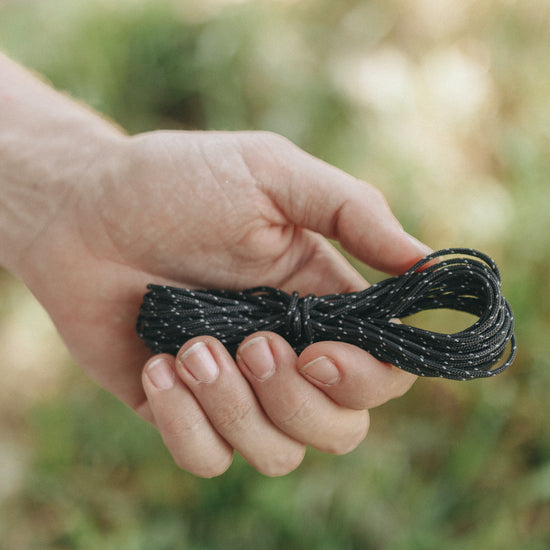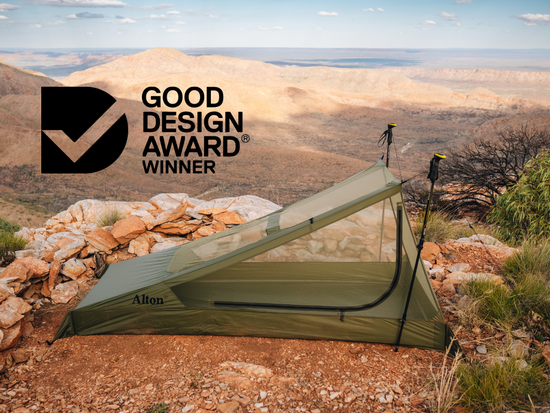We’re going to take a wild guess and say you love the outdoors. Are we right?
Of course we are! Why else would you be reading this?
Let’s see if we can go two for two. Here’s our next prediction:
You wish you could spend more time outdoors.
No, in case you were wondering, we’re not mind-readers – we just reviewed the results of our 2024 Outdoor Participation Survey.
Out of over 2,000 people who participated in the 2024 survey, less than 1.5% of respondents were satisfied with how much time you’re spending outside!
In other words, a whopping 98.5% of you wish you could spend more time doing your favourite outdoor activities.
This got us thinking, what can we do to change this? How can we make more time for outdoor adventures?
So in today’s blog, we’re going to share our strategies for spending more time doing the outdoor activities we love.
To be clear from the get-go, these tips aren’t about taking more time off work or putting aside other important commitments such as family and friends.
Instead, our advice is intended to help you make better use of the time you have.
Quality over quantity, right?
Well, kinda…

Walk the Path of Least Resistance.
In our experience, when you really focus on improving the quality of your current adventures, something happens.
The quantity starts to increase, too.
Why?
Because by focusing on quality first, you naturally start to become more efficient and better organised. This helps reduce the friction of your outdoor activities. In other words, it makes doing them easier.
In behaviour science, ‘friction’ refers to the tiny obstacles or inefficiencies that make an activity harder to start or maintain.
Spending ages searching for your head torch, forgetting to pack a spare pair of socks, having to make a pit-stop to get snacks on the way to the trailhead.
All of these are examples of friction.
Now, these things might sound insignificant. But friction compounds, and all those little snags add up until you find yourself putting your favourite outdoor activity in the ‘too hard bucket’. It’s easier just to stay home.
So the question is, are you ready to learn how to reduce friction so you can spend more time outdoors?
Of course you are!
Before we begin, grab something to take notes with, because there are some interactive exercises and questions coming up.
Ready? Let’s do this.

1. Clarify Your Priorities.
It’s easy to complain about not having enough time – for exercise, hobbies, family, and yes, for outdoor activities.
But it’s a lot harder to actually do something about it.
As wanky as it might sound, defining your ‘why’ for outdoor activities can help you build some forward momentum.
So ask yourself, why is spending time outdoors important to me?
Is it stress relief? Building resilience? Fitness? Maybe it’s a chance to unplug from technology, or share some quality time with your loved ones?
Whatever your specific reasons, knowing why outdoor activities are important to you is the first step towards making more time because it gives you perspective on what exactly you get out of those activities – and what you’re missing out on by not doing them!
2. Upgrade Your Current Adventure Activities.
Before you can change something, you need to take a good, hard look at your current situation.
So start by asking yourself, how often do I participate in my preferred outdoor activities per year?
This only needs to be an estimate. Your response might look something like this:
Short hike (1-3 hrs) - approx. 1 x per month
Long hike (4-8 hrs) - approx. 4 x per year
Camping trip (2-3 nights) - approx. 2 x per year
4WD trip (5-7 nights) 1 x every 2-3 years
Once you have a rough idea of how often you’re currently getting out for adventures, ask yourself, what could I do to make my current adventure routine more rewarding?
Jot down whatever comes to mind for each activity.
Remember, your focus here is on improving the quality of your current outdoor activities, not the quantity.
To give you an example, imagine you go on a short hike once a month. What could make that monthly hike even better?
Here’s what we came up with:
Short Hike
Keep gear organised so I don’t have to spend as long prepping.
Pack my bag the night before so I’m not rushed or stressed on the day.
Go to bed earlier and get a good night’s sleep.
Bring snacks, lunch or a thermos of tea or coffee to have along the way.
Bring a fuel stove to cook lunch out there.
Put your phone on silent or turn it off for the hike.
Take the time to enjoy the scenery.
Explore a new location or trail.
Hike with friends or go solo (both can be rewarding).
Practise another skill on the hike (eg. plant identification, navigation, photography).
Implementing even just one or two of your ideas can make your outdoor activities and adventures more fun and rewarding – without getting out more often.

3. Organise Your Outdoor Equipment.
There are so many benefits to getting your outdoor equipment (and yourself) organised.
You’ll waste less time searching for things when you’re packing for an adventure. You’ll also be less likely to forget important items, which means you’ll have a better experience out in the wild. That means less of the “I thought you packed the toilet paper!” kind of arguments with friends and family, too.
Sounds great, right?
And as you get familiar with your organised gear storage system, you’ll start to become more confident at preparing for an adventure. You’ll naturally start to get out of the house and into the wild faster, with less hassle and stress.
When your outdoor equipment is well organised, packing and preparing for an adventure takes way less effort. It’s easier – so there’s less friction holding you back.
And when something is easier, there is a good chance that you’ll do more of it.
4. Put It In Your Calendar.
It’s funny how we can spend hours each week scrolling through our social media, looking at other people’s epic adventure photos and wishing it was us, but struggle to find 20-minutes to practise some basic bushcraft skills in the backyard.
When it comes to outdoor activities, we often tell ourselves we'll do it "when things calm down at work" or "once the kids' schedules get less busy"... only to get caught up with another deadline, another commitment, another reason to postpone.
If you’re feeling called out right now, then here’s what you need to do:
-
Open up your calendar to a year view so you can see the whole year ahead.
-
Now go through and pencil in a ‘wishlist’ of adventure dates and activities over the next 12 months. This can include everything from a weekend away to extended trips to 1-2 hour blocks for certain activities.
To be clear, there’s no need to start thinking about logistics or get caught up in planning yet. The point here is to treat your calendar like a visual representation of your priorities, rather than concrete plans. It’s an ‘adventure wishlist’.
It sounds stupidly simple, but pencilling time into the calendar is a surprisingly effective technique for spending more time doing outdoor activities you love (or any hobby, for that matter).
This is because when you block out time for outdoor activities in your calendar, even if it's just a tentative placeholder, you're making your intentions visible – and therefore easier to follow through with.
5. Be Social, But Not Dependent.
When we make plans with other people, it's no longer about our personal motivation.
It's about showing up for others and being accountable.
In this sense, making plans with friends is a form of ‘reverse friction’, in that once you’ve committed to doing an outdoor activity with someone, it becomes harder to back out.
So if you’re keen to spend more time doing outdoor activities this year, making plans with others can go a long way towards making that happen.
But there is a catch.
Tying your outdoor time to group availability is like waiting for a perfect weather forecast – great when it happens, but you’re also setting yourself up for a lot of boring weekends watching TV on the couch.
It’s great to make plans with other people, but it is equally important to make sure your outdoor activities are not overly dependent on them.
So how do you do this? There are a couple of ways we like to approach this issue.
The first is fairly easy: when planning group adventures, have a solo version ready as a plan B.
For example, if you’re planning an overnight hike with a group but aren’t comfortable camping overnight alone, your solo plan might be to do a day hike in the area instead.
You can adjust your solo plan as much as you need to make it suitable for you, the goal is to still get outside and do something you’re excited about.
The second way you can ‘cancel-proof’ your group plans is to consider planning your outdoor activities as if you’re going to be doing them alone.
For example, you pick the location, set the date, and plan the activity. Then, once these foundations are in place, open the invite up to others.
While you do need a certain amount of experience and confidence to make this work, this approach can make planning activities a lot quicker and easier.
Instead of spending ages trying to plan something that suits everyone’s schedule and preferences, you give them one option. They can take it or leave it.
This might sound a bit harsh, but in our experience, if someone really wants to come, they will make it work. And the ones who don’t, won’t.
Whichever approach you prefer, the goal is the same: get outdoors regardless of other people’s availability.
It’s time to get outside for adventure!
In the end, we know all too well that it can feel impossible to find the time for your outdoor activities.
When you're staring down a packed calendar, endless work commitments, and family responsibilities, spending more time outdoors can seem frustratingly out of reach.
But we’re confident that with a few small, strategic shifts, you’ll be able to get more out of the limited time you do have for your favourite outdoor activities.
And in our experience, that’s the first step towards making more time for them.
P.S
If you're looking for a fun outdoor hobby that doesn't require a big time investment, we highly recommend giving bushcraft a go.
Got 30 minutes? That's plenty of time to brush up on the fundamentals of knot-tying or test out a new tarp shelter configuration in your backyard.
Want more ideas for quick, easy bushcraft activities? Check out our essential bushcraft skills blog post next.
